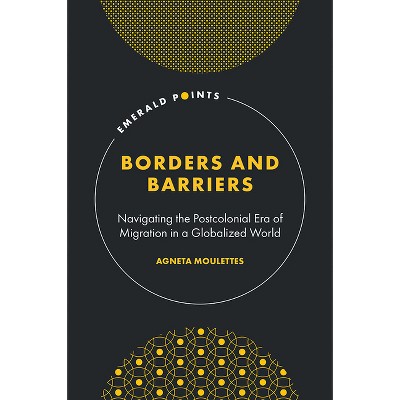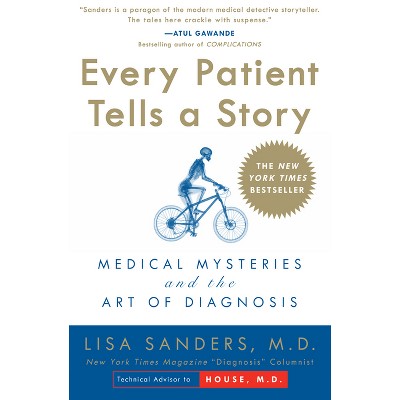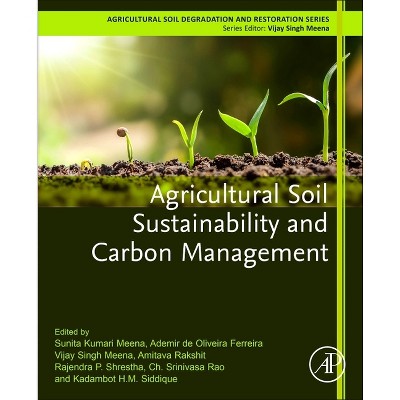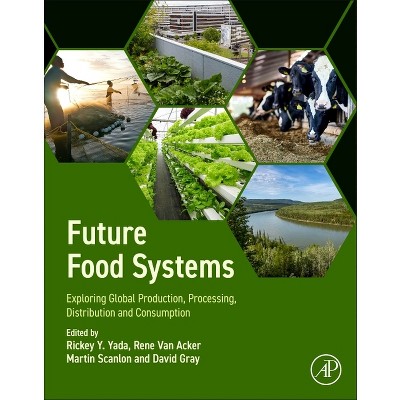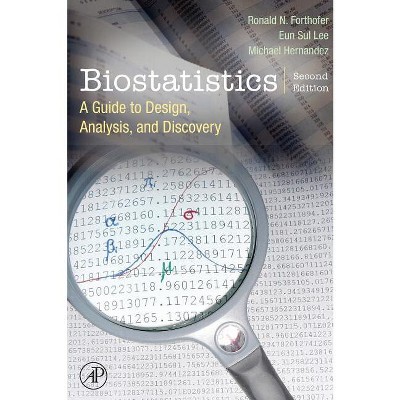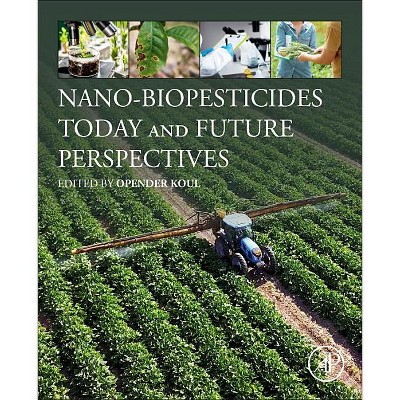Sponsored

The Future of Soil Carbon - by Carlos Garcia & Paolo Nannipieri & Teresa Hernandez (Paperback)
In Stock
Sponsored
About this item
Highlights
- The Future of Soil Carbon: Its Conservation and Formation provides readers with an integrative approach to understanding the important role of organic carbon in soil functioning and fertility.
- About the Author: Carlos Garcia has been Professor of Research for the Spanish National Research Council (CSIC) since 2003.
- 288 Pages
- Science, Life Sciences
Description
Book Synopsis
The Future of Soil Carbon: Its Conservation and Formation provides readers with an integrative approach to understanding the important role of organic carbon in soil functioning and fertility. Terrestrial interactions between SOC and complex human-natural systems require new fundamental and applied research into regional and global SOC budgets. This book provides new and synthesized information on the dynamics of SOC in the terrestrial environment. In addition to rigorous state-of-the art on soil science, the book also provides strategies to avoid risks of soil carbon losses.
Soil organic carbon (SOC) is a vital component of soils, with important and far-reaching effects on the functioning of terrestrial ecosystems. Human activities over the last several decades have significantly changed the regional and global balance of SOC, greatly exacerbating global warming and climate change.
About the Author
Carlos Garcia has been Professor of Research for the Spanish National Research Council (CSIC) since 2003. He is currently working in the Centre for Soil Science and Applied Biology of the Segura (CEBAS-CSIC) of Murcia (Spain). His scientific work focuses on the problem of highly degraded semiarid soils and strategies for their protection and rehabilitation, as well as the search for new sources of organic matter. Dr. Garcia has published 189 scientific papers in SCI journals. He also has extensive scientific management experience, having served as director of CEBAS-CSIC, Scientific Coordinator of the CSIC Agricultural Science Area, and as a partner in national and regional research programs.Shipping details
Return details
Frequently bought together

Trending Non-Fiction








